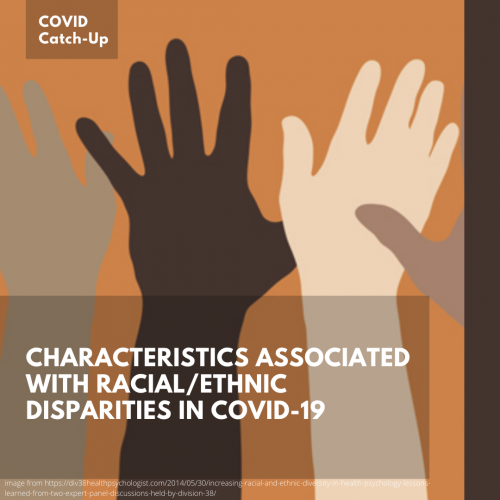Graphic by Annie Lin.
By now, COVID-19’s racial disparities have become clear, as Black and Latinx people are overrepresented in COVID-19 cases and deaths. However, the underlying causes of these disparities remain unknown.
To better explain the racial differences of COVID-19, researchers at the University of Michigan examined the health records of 5,698 patients who were tested for the virus. They found that even when controlling for covariates, such as comorbidity factors and socioeconomic status, non-Hispanic Black patients were still 1.72 times more likely to be hospitalized with COVID-19 than non-Hispanic White patients. Race did not appear to impact patients’ likelihood of ICU admission or mortality when adjusting for covariates. However, Black patients did have significantly higher comorbidity scores than White patients, leading them to have much higher rates of positive tests, hospitalization, and ICU care when not controlling for these factors.
The study also confirmed a number of other qualities that are associated with increased risk at different levels of infection. Patients who were male, older, with higher BMI, smokers, and alcohol consumers consistently increased in proportion as the disease progressed to worse stages. Additionally, high residential population density, type 2 diabetes, kidney disease, liver disease, autoimmune diseases, and respiratory conditions were all linked to increased likelihood of testing positive or being hospitalized.
This finding that the racial disparities of COVID-19 cannot be explained by the variety of factors examined in this study indicates that it is imperative to create targeted interventions to support these high-risk populations and further examine the structural factors influencing these groups’ health.

